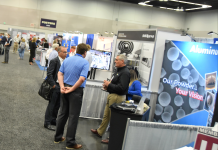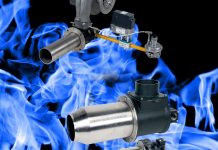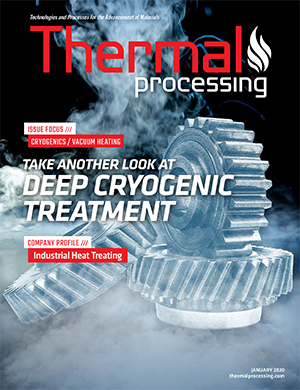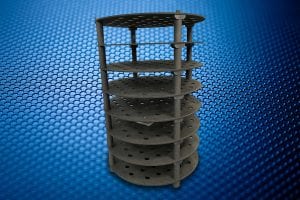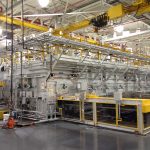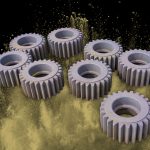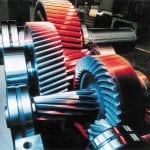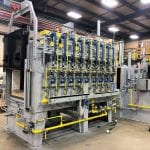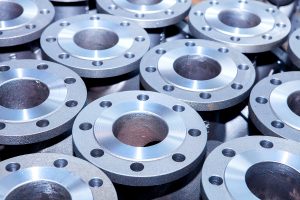Industrial Heat Treating has been heat treating metal for decades, and the company is packed with experience to make sure jobs are done right, done efficiently, and done quickly.
And Industrial Heat Treating has made quite the reputation for being able to tackle just about any job, according to Brian Fisher, CEO and CTO of Industrial Heat Treating.
Industrial Heat Treating offers a diverse selection of processes to meet today’s growing industry and technology. The company’s large capacity aluminum furnaces can accommodate a wide variety of customer needs, and it is one of the largest aluminum heat treaters in the New England area.
The company does a lot of aluminum heat treating and has a car bottom furnace for treating big orders of steel such as billets. It has atmospheric furnaces, induction furnaces, and vacuum furnaces. Essentially, no part is too big or too small for Industrial Heat Treating to process, according to Fisher.
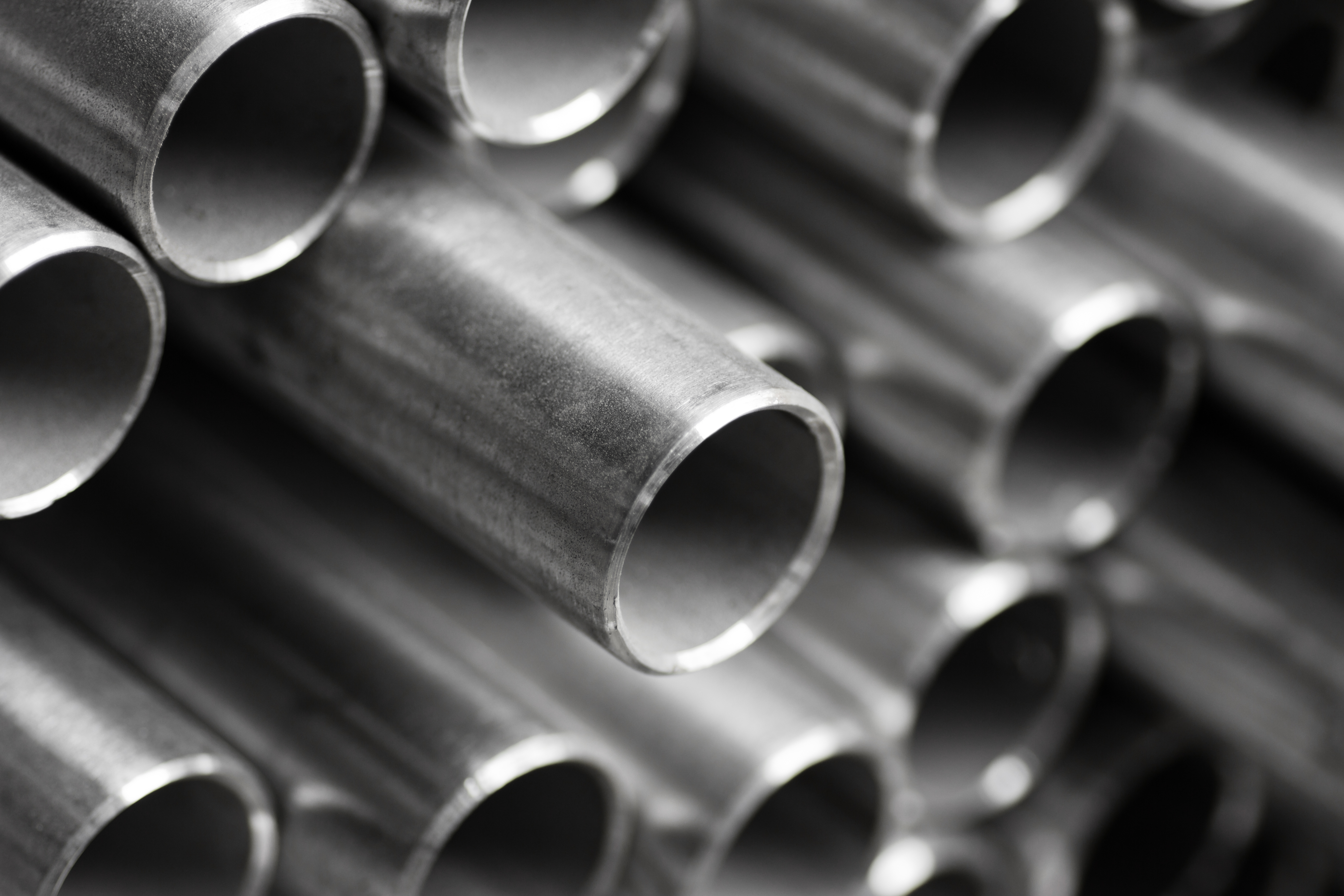
Serving many industries
Industrial Heat Treating’s customer base encompasses many industries such as medical, auto, government, power generation, musical instruments, food industry, safety and alarm systems, electronics, and many more.
“Medical parts go in the vacuum furnace, because they’re very clean and shiny,” Fisher said. “Anything you want very, very, very shiny has to go in the vac, because it gets quenched with nitrogen. The nitrogen is delivered in liquid form, but when it goes in that tank, we have a vaporizer to change it into a gas. As soon as the furnace shuts off, the nitrogen gets pumped in. And instantaneously, the temperature goes from 2,250 Fahrenheit to 50 degrees.”
The car bottom furnace can get up to 2,000 degrees Fahrenheit, and Industrial Heat Treating’s atmospheric furnaces can get up to 1,900 degrees Fahrenheit, according to Fisher.
“Those are generally for smaller parts,” he said. “And they have an internal quench tank, so that once the time is over for the heat process, the door will open internally, and two chains will take the basket and bring it further into the furnace where the oil quench tank is. There’s an elevator that lowers it into the tank to quench the parts. That’s all self-contained.”
Although Industrial Heat Treating mainly deals with aluminum and steel, Fisher said bronze is also something the company is equipped to process.
“We don’t do a lot of bronze, but we advertise that we could do any metal, and I believe it,” he said. “I would say the person with the least experience here has 35 years of experience, and the person with the most has 40.”
Efficiency is the goal
That experience is vital to the efficiency that Industrial Heat Treating boasts, according to Fisher.
“When the truck pulls up, they don’t even have to look at the paperwork,” he said. “They know just by looking at it who it belongs to. They come up with a forklift, and they take what they know is theirs — especially aluminum.”
To that end, Fisher points out that nothing is ever done really wrong.
“We have quality control; we test everything for hardness, and basically that’s what we sell: hardness,” he said. “Or if it’s annealed, then softness. But you still can test that. We have all kinds of quality-testing machines for hardness. So, if I can add speed — get it back a day or two sooner than normal — then they’re happy.”
Quality control experts survey and calibrate the company’s equipment each week, according to Fisher.
“They give us a third-party report that’s available if the customers want to see it,” he said.
Industrial Heat Treating takes pride in its ability to offer quality and service, but Fisher likes to add one more item to that list: efficiency.
“I know we can get it done faster than a lot of people, because the guys here have been here so long,” he said.
 Taking care of customers
Taking care of customers
With all the jobs that are well within Industrial Heat Treating’s area of expertise, occasionally, a job may not fall into that window. But Fisher said it’s important that a customer know that up front.
“There is some work we can’t do,” he said. “Customers usually want every job quoted. I’ll get an email; the quote will come in, and I’ll bring it downstairs. Basically, what I’m looking for is numbers: What’s it going to cost? Sometimes, they put, ‘NQ’ — no quote. And then I say, ‘Well, why?’ And they say, “Well, here’s the story: If I try to get it to that hardness, I’m going to destroy the parts. They’re going to get destroyed.’”
To that end, it’s important to his customers to ultimately get their job done, so part of Fisher’s routine is to suggest the names of other potential heat-treaters — but with a caveat.
“I would tell them: Don’t send them everything,” he said. “Send them one or two parts, especially with something that’s intricately machined. That costs a lot of money for the guy. And I think they appreciate that. Honesty is the big thing. To me, a job isn’t as important as keeping the customer. You’ve got to keep the customer happy, so he’ll come back. If you think you can gouge them, that’s not a good relationship. You’ve got to be honest with them. You’ve got to be fair.”
Started in 1942
Being located near Boston, Massachusetts, Industrial Heat Treating began its long history in 1942 where they used to aid in building ships for the U.S. Navy. The company set up shop on the Neponset River, which empties into the Atlantic Ocean. In the beginning, barges would bring the ships’ massive gun barrels in to be treated. And since the parts were so large, the company had to treat the metal using sodium cyanide or potassium cyanide, according to Fisher.
“If you had a part that you couldn’t get in a furnace, you made a bed of this sodium or potassium cyanide, and you put the metal in it and you just kept turning it,” he said. “And the reaction made the metal hard.”
Industrial Heat Treating is a third-generation, family-owned and operated business that reaches customers throughout the U.S. The company has continued to build on that reputation in the decades that followed World War II, and Fisher said since he has taken over the company, he has strived to make improvements that will only help make the services he offers even more lucrative.

Time, temperature, and quench
“Wherever the industry is going, I know what I’m trying to do,” he said. “I’m trying to make sure the furnaces that we have are running. And it’s time, temperature, and quench. And it’s always going to be metal.”
And although Industrial Heat Treating doesn’t implement the latest, most-advanced furnaces, Fisher said he more than makes up for it with what the company can offer its customers on a daily basis.
“I’d say honesty and experience are the two major things here,” he said. “And we have a huge customer base — huge. When we do it, it’s done right. It doesn’t come back. That’s important.”
Fisher said his team at Industrial Heat Treating prides itself in having outstanding customer service and quick turnaround.
“As part of the manufacturing process, we encourage our customers to allow us to participate with them in the production of a better product for their consumer,” he said. “It is our goal to join our customer in delivering a superior product by choosing the right material from the start. Our employees are knowledgeable and experienced in the industry and are available to offer recommendations and suggestions to improve the end product.”
MORE INFO www.indht.com











